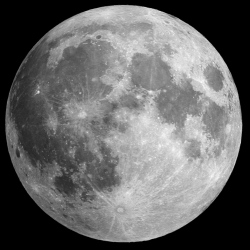
The multiverse is one of the most divisive topics in physics, and it just became more so. The announcement of evidence for ripples in spacetime has bolstered a cosmological theory called inflation, and with it, some say, the idea that our universe is one of many universes floating like bubbles in a glass of champagne.
Critics of the multiverse hypothesis claim that the idea is untestable, barely even science. But with evidence for inflation theory building up, the multiverse debate is coming to a head.
The big news last week came from the Background Imaging of Cosmic Extragalactic Polarization 2 (BICEP2) experiment at the South Pole, which saw imprints in the cosmic microwave background, the oldest light in the universe, dating from shortly after the big bang, that appear to have been caused by gravitational waves rippling through the fabric of spacetime in the early universe.
The finding was heralded as a huge breakthrough, although physicists say confirmation from other experiments will be needed to corroborate the results.
If verified, these gravitational waves would be direct evidence for the theory of inflation, which suggests the universe expanded exponentially in the first fraction of a nanosecond after it was born.
If inflation occurred, it would explain many features of our universe, such as the fact that it appears to be fairly smooth, with matter spread evenly in all directions (early inflation would have stretched out any irregularities in the universe).
Inflation might also mean that what we consider the universe, the expanse of everything we could see with the most perfect telescopes, is just one small corner of space, a pocket where inflation stopped and allowed matter to condense, galaxies and stars to form, and life to evolve.
Elsewhere, beyond the observable universe, spacetime may still be inflating, with other “bubble” universes forming whenever inflation stops in one location.
